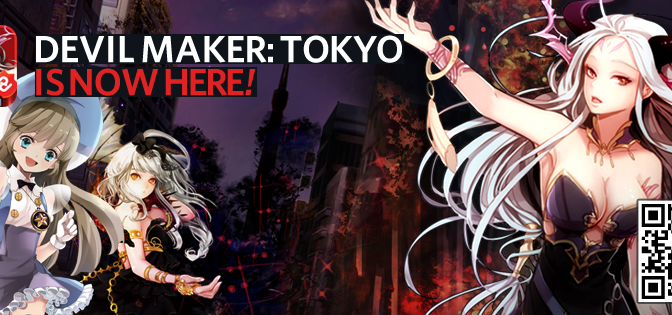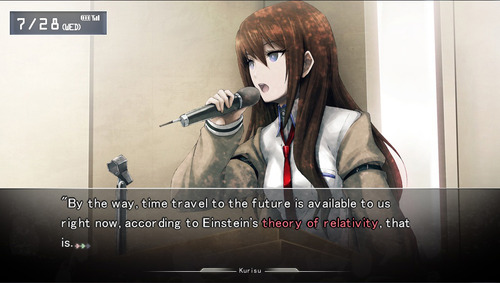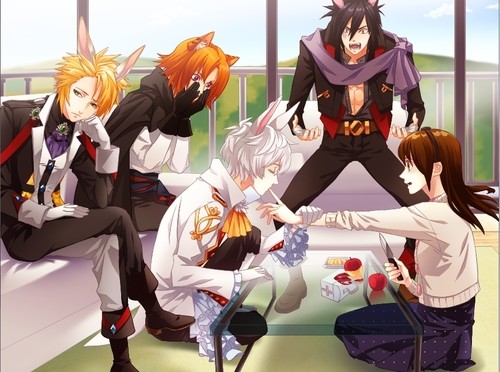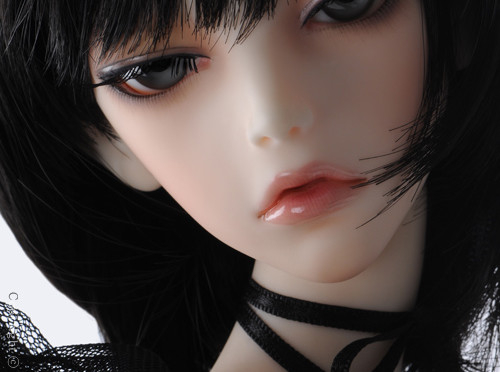Check out Part 1 Secret of Mana Retro Videogame Review for Super Nintendo SNES Here
Hi, and welcome to part 2 of a 4 part series covering Secret of Mana, Secret of Evermore, Secret of Mana III, and Legend of Mana. In today’s review we will take a look at Secret of Evermore which is what North America got as a sequel to Secret of Mana, instead of Secret of Mana III.
NOTE: While maybe not technically correct to refer to it as a sequel, because they had completely different development teams, and stand-alone stories and worlds, the gameplay, as well as the name, are so similar that most squaresoft fans (myself included) hold the opinion that this is (more or less) part of the mana series. Squaresoft however has pointed out numerous times that this is not part of the “mana” franchise.
If you’re wondering what happened to Secret of Mana II, well that is what North Americans know as Secret of Mana – that’s right there was actually another game in the series before Secret of Mana, but like many JRPGs it remained only in Japan. I have not played it, but I have played the entire rest of the series, including Secret of Mana III which also never left Japan, but which has been translated by the fans.
For whatever reason, Squaresoft didn’t think Secret of Mana III would sell well in North America, so they brought over Secret of Evermore instead. More accurately, they didn’t “bring it over” but instead actually “developed” the game in America and geared it towards a “western” audience (supposedly). In fact, this game never got released in Japanese. It is perhaps the only North American “exclusive” (though I believe its also in Europe too) JRPG developed by Squaresoft.
If you look at the credits, you will see many English sounding names. See the details from wikipedia below.
| Designer(s) | Alan Weiss George Sinfield |
|---|---|
| Artist(s) | Daniel Dociu Beau Folsom |
| Writer(s) | George Sinfield Paul Mazurek |
| Composer(s) | Jeremy Soule |
Actually a Japanese version was planned to release after the American release but was cancelled because they didn’t think it’d appeal to the audiences over there.
Still, this game does play very much like a JRPG. Actually I might have liked it a little bit more than Secret of Mana though not as much as Secret of Mana III. Critics may not agree, as the game is widely considered inferior to other Squaresoft RPGs.
Title: Secret of Evermore
Publisher: Squaresoft
Release Date: 1995
Platform: Super Nintendo SNES
Genre: Action RPG
Where to Buy: Amazon has Secret of Evermore for SNES ranging from $30 to $45 which is a good buy for a rare retro Squaresoft JRPG
Geeky: 5/5 ![]()
![]()
![]()
![]()
![]()
Sweetie: 3/5 ![]()
![]()
![]()
Overall: 54 / 80 68% D+ “Average Game For Girls”
Concept: 10/10 This is a game about a boy and his dog. It plays very similar to Secret of Mana with Real-Time battles and the same Weapon Ring and Magic Ring from the original game. Unlike Secret of Mana, this game only features two characters, a boy and his dog. They travel throughout many different places and times from history lending the game a sorta educational feeling, though blending it with elements of fantasy as well. It also features an alchemy system.
Gameplay: 10/10 Gameplay consists of taking control of both the boy and his shape-shifting dog as they travel through time from the stone age, ancient egypt, and even into the future. As mentioned one of the key mechanics is an extensive alchemy system that allows you to craft your own consumable items as well as key items needed to progress the story. Magic was also reliant on alchemy ingredients which were often scarce in supply. This is an often criticized feature of the game’s alchemy system. I didn’t mind as much though, since when I play a game, I explore every nook and cranny of every room, dungeon, city, etc. I enjoyed the alchemy system even if it was flawed to a degree. In fact, I don’t think I would’ve enjoyed the game as much without said alchemy feature. Then again I enjoy similar games such as Kamidori Alchemist Master, Students of Mana Khemia, and the Atelier series, where you ‘grind’ and search for ingredients for various alchemy recipes. In fact in the end, from a gameplay perspective: this game resembles a mashup of Secret of Mana, Chronotrigger, and Atelier Iris.
Story; 6/10 Like most western RPGs, story is not as strong as what is commonly found in most JRPG games – I feel this is where most of the criticism for Secret of Evermore comes into play. There are a few plot holes, and the story just seems to jump around without much of an overarching plot other than trying to return to your own timeline and the adventurous ‘scamp’ like nature of a boy and his dog, painted against a wild fantasy pseudo historical setting. Though the bare bones for some continuity between worlds exists it is tied only together loosely by a malfunctioning time machine and evil robot invaders.
Characters: 5/10 Likewise the character development is another weak point for most western developed RPG games. There’s really only two characters in this game, a boy, and his dog. Though there are numerous NPCs, they don’t connect with or endear themselves to the audience. The concept of a shape shifting dog was very fun, but the boy feels very flat and unappealing as a main hero leaving the player little reason to care about what happens throughout the story.
Graphics: 8/10 While most critics applaud the graphics in this game for being very detailed and more realistic than most other RPGs, I can’t help but miss the more “anime” feeling graphics of Secret of Mana. And while Secret of Evermore is a very lush and visually stunning game in it’s own right, I miss the more “cutesy” feeling and bright color palettes of other Square RPGs.
Music: 5/10 – The music in Secret of Evermore is composed by Jeremy Soule. This was his first ever videogame soundtrack. He has gone on to work on numerous other RPG soundtracks including Skyrim, Icewind Dale, and Guild Wars just to name a few. Unfortunately, being inexperienced, the soundtrack in Secret of Evermore is often very weak. He dared to be different though, so I’ll give him credit for that. Most of the soundtrack consists of a lot of dead noise and ambient sounds instead of the bright and colorful music found in most JRPGs. Ultimately though, using such a minimalistic tactic makes the background music do just that, fade into the background. It is no where near as memorable as other Squaresoft soundtracks.
Replay Value: 2/10 This, like most other 90s games, is a linear story. It’s also much shorter than other squaresoft RPG – to be fair, I have read that a lot of the game was cut due to cartridge size limitations. Still it is a fun, unique, little RPG that appeals to anyone who loves themes of time travel, or just simply anyone who loves their dogs :).
Overall: 54 / 80 68% D+ “Average Game For Girls”






